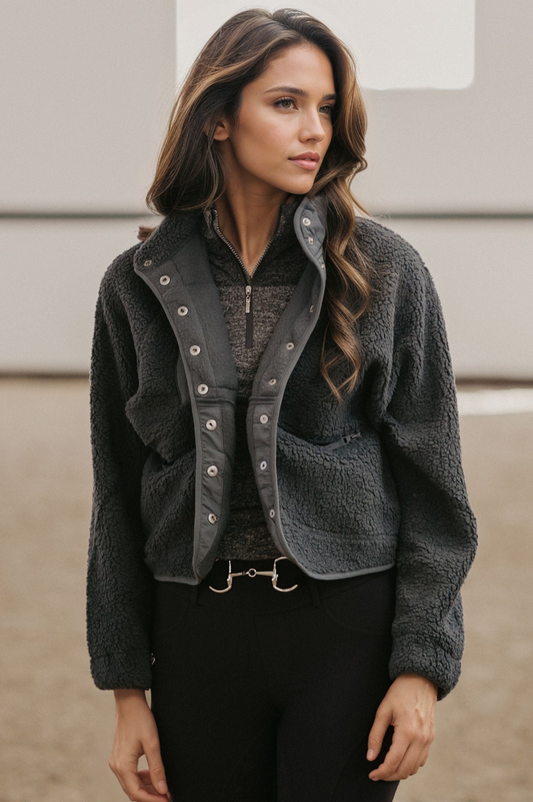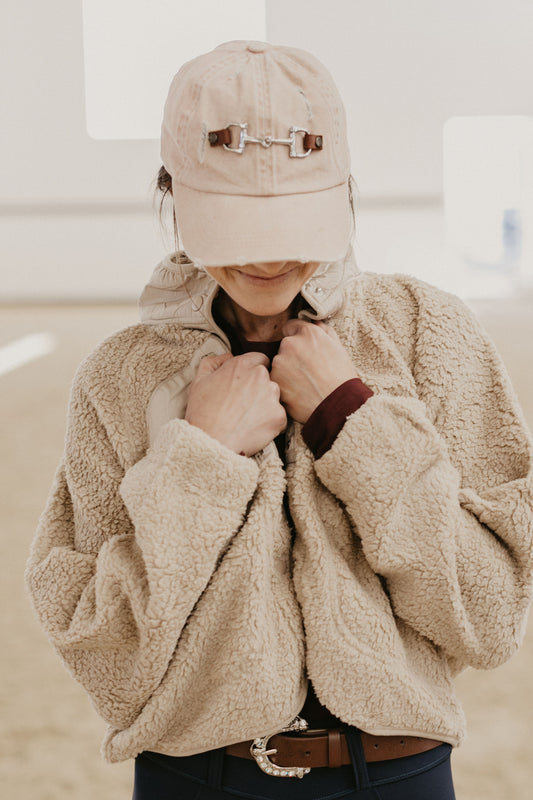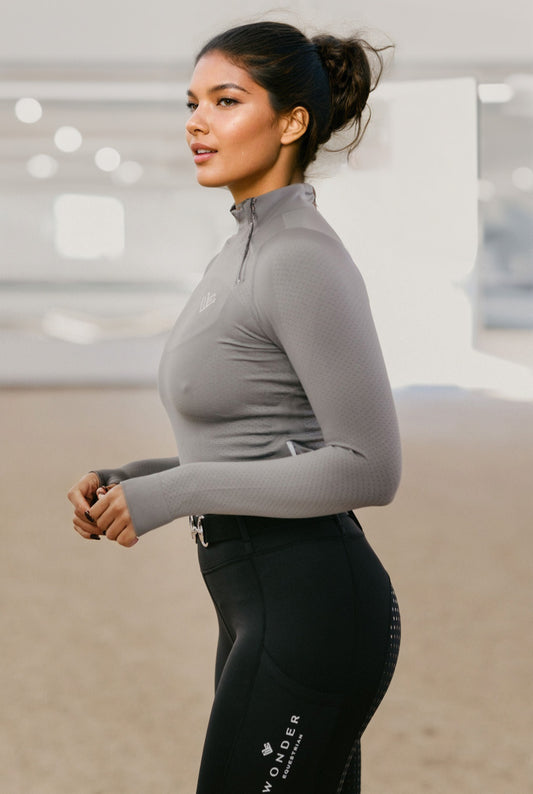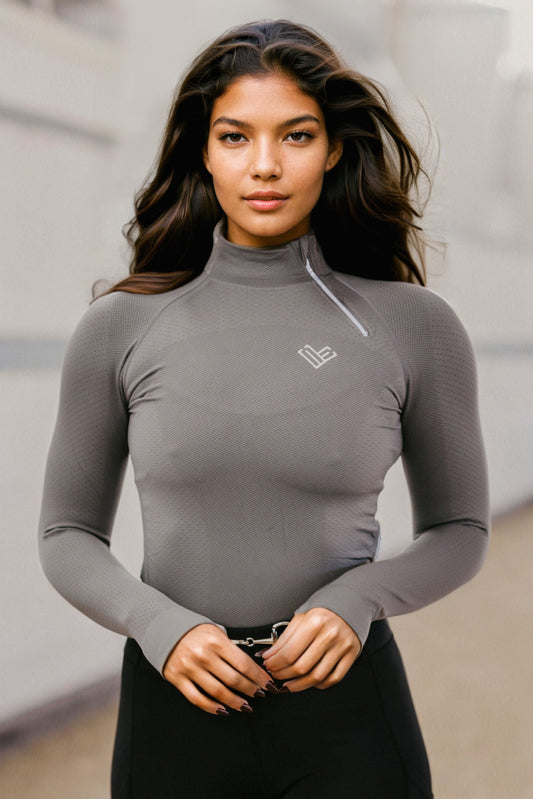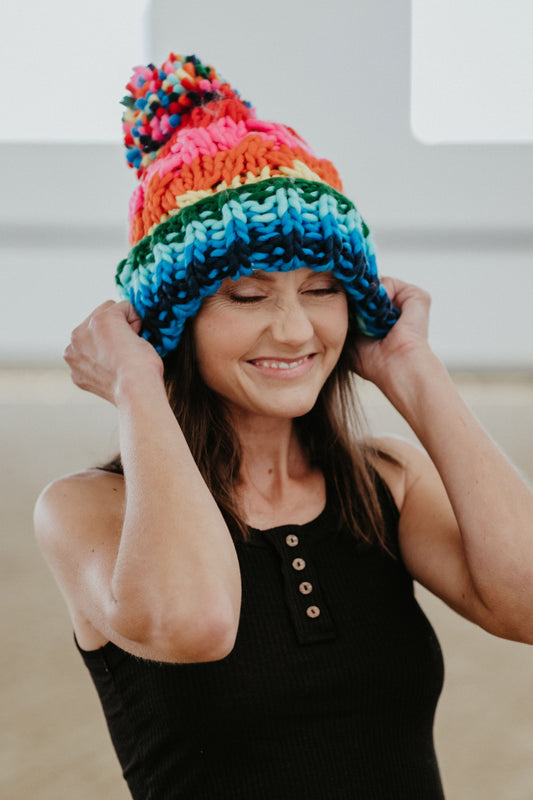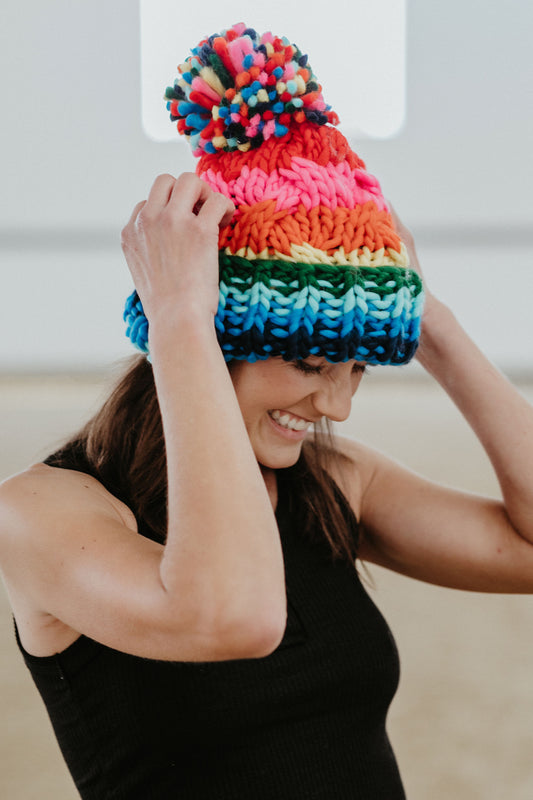Understanding the Importance of Equestrian Safety Gear
Participating in equestrian sports and activities is an exciting experience, but it is not without its risks. Riders of all levels, from beginners to experienced competitors, must prioritize their safety to minimize the chances of injury. Accidents can happen, whether on the ground or while riding, so wearing the proper safety gear is essential. Here, we'll highlight the critical safety equipment that should be an integral part of any rider's kit to ensure a safer and more enjoyable equestrian experience.
Riding Helmet
The cardinal rule for all riders is to wear a safety-approved helmet. It’s the most crucial piece of safety gear for an equestrian rider, designed to protect the head in the event of falls, which can occur regardless of the rider's skill level. Modern helmets are comfortable, lightweight, and come in various styles. Always ensure your helmet fits well and complies with current safety standards set by organizations such as ASTM (American Society for Testing and Materials) or SEI (Safety Equipment Institute).
Body Protector
Body protectors, or safety vests, are worn over the torso to help absorb impact and minimize injury to the spine, ribs, and internal organs in the event of a fall or if a horse kicks or steps on the rider. While a body protector cannot prevent all injuries, wearing one substantially mitigates the risks involved, especially when jumping, riding on rough terrain, or during eventing. They come in different levels of protection, so choose one that suits the type of riding you do most often.
Safety Stirrups
Safety stirrups are designed to prevent the foot from getting caught in the stirrup during a fall, thus reducing the risk of being dragged by the horse. There are multiple types of safety stirrups available, including those with breakaway sides, cages, or magnetic mechanisms that release the foot easily. Selecting the right safety stirrups can significantly contribute to your overall safety in the saddle.
Equestrian Air Vests
For an additional layer of protection, particularly in high-risk disciplines like cross-country, riders may opt for an air vest. These vests inflate upon the disconnection of a lanyard attached to the saddle in the event of a fall, providing cushioning around the rider's body and neck. Air vests have been credited with reducing the severity of injuries sustained during falls and give riders an extra sense of security.
Footwear
Proper footwear is essential in ensuring rider safety. Boots with a heel of approximately 1 inch are standard as they prevent the foot from sliding through the stirrup, which would be risky in a fall. Additionally, the boots should offer enough grip to maintain a firm position in the stirrups but not so much that they impede the ability to release the foot quickly if necessary. Durable materials and support around the ankles are also important considerations.
Gloves
While they might not spring to mind first when thinking of safety gear, gloves play an essential role in rider safety. They provide a better grip on the reins, preventing them from slipping through hands which can lead to loss of control over the horse. Gloves also protect hands from blisters, abrasions, and the elements.
Reflective and Protective Clothing
Riders often share roads with vehicles and need to be visible. Wearing reflective clothing or adding reflective gear to your horse can help drivers see you from a greater distance, reducing the potential for accidents. Additionally, wearing sun protection and long-sleeved shirts can help prevent sunburn and skin damage during long rides.
Rider Insurance and Identification
Though not a physical piece of gear, having rider insurance can offer peace of mind and protection in the event of an accident, covering costs associated with injury or damage. It’s also wise to carry identification on you when riding, particularly if you are alone. In case of an emergency, responders will be able to identify you and contact your loved ones promptly.
Final Thoughts
All riders, regardless of experience, should invest in and use the appropriate safety gear each time they mount up. While accidents can't be completely avoided, properly utilizing equestrian safety equipment can significantly reduce the risk of serious injury. It is also vital that riders stay informed about new safety technologies and adjust their equipment as needed to maintain the highest safety standards. Remember, the right safety gear can make all the difference when it comes to enjoying the equestrian lifestyle responsibly and with peace of mind.
Shop Wonder Equestrian



